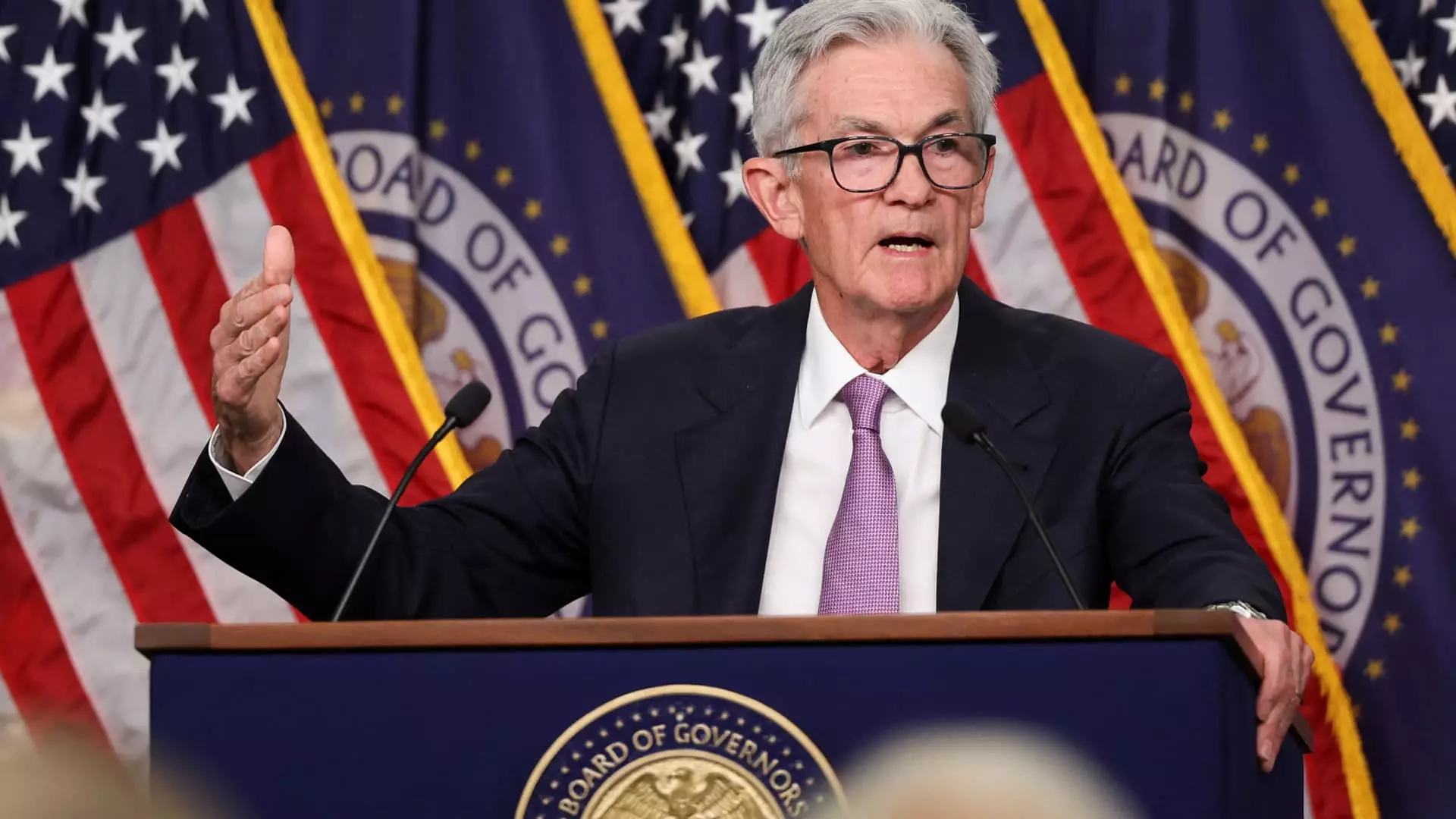In a significant development in U.S. monetary policy, the Federal Reserve has enacted its second consecutive interest rate cut. This decision, reached during a recent meeting of the Federal Open Market Committee (FOMC), involved a 25 basis point reduction in the benchmark overnight borrowing rate, adjusting it to a target range of 4.50% to 4.75%. This latest cut follows a more pronounced reduction of half a percentage point initiated in September. While some analysts might consider this rate adjustment as less aggressive, it signals the Fed’s ongoing efforts to recalibrate monetary policy amid evolving economic conditions.
The interest rate set by the Fed directly influences what banks charge one another for overnight loans but also has broader implications, affecting consumer-related borrowing, from mortgages to credit cards. This most recent decision was largely anticipated by the markets, as indications were provided during the previous FOMC meeting and subsequent discussions from committee members. Interestingly, the unanimous vote reflected improved alignment among policymakers, differing from the turmoil of a prior meeting where dissent was expressed.
Recent statements from the Federal Reserve reveal a shift in their perspective on economic indicators, particularly regarding inflation and employment. The latest post-meeting summary suggests that the Fed now perceives risks to its inflation and employment objectives as balanced, contrasting with earlier sentiments of “greater confidence” in managing these issues. This subtle alteration indicates that while the Fed remains committed to controlling inflation, it increasingly recognizes the importance of supporting employment in its policy decisions.
Moreover, the Fed’s characterization of the labor market has been adjusted to reflect signs of easing conditions. Though the unemployment rate continues to hover at low levels, the FOMC acknowledged a slight uptick in unemployment alongside an overall slowdown in job creation. These nuanced changes in language reflect a complex economic landscape where inflation has not entirely subsided, yet employment conditions are also under scrutiny.
The U.S. economy demonstrates resilience with a reported Gross Domestic Product (GDP) growth rate of 2.8% during the third quarter, though this is marginally lower than what many analysts had anticipated. Despite falling short of higher expectations, this growth rate continues to exceed the historical average. This elasticity, coupled with indications of a slowdown in inflation, has encouraged the Fed to adopt a less restrictive monetary stance.
As the fourth quarter approaches, early forecasts suggest growth will remain steady around 2.4%. However, the labor market offers mixed signals, with nonfarm payroll figures showing a mere increase of 12,000 jobs in October. Analysts spread the blame on this shortfall across weather disruptions and labor strikes, emphasizing the multifaceted variables that complicate the Fed’s outlook on economic stability.
The recent elections and subsequent political dynamics also loom large over the Fed’s policy framework. With Donald Trump’s unexpected victory, the implications for economic policy could be significant. Analysts are cautiously watching how Trump’s proposed economic strategies, which include punitive tariffs and immigration policy changes, will affect inflation and overall economic health moving forward.
Despite the political tensions, Fed Chair Jerome Powell firmly stated that the upcoming administration will not directly influence the Fed’s monetary policies in the short term. Furthermore, Powell emphasized the Fed’s steadfast commitment to its mandates of fostering maximum employment and stabilizing prices, irrespective of changing political landscapes.
As the Federal Reserve contemplates its next moves, questions about the appropriate “terminal” interest rate remain pertinent. This refers to the level at which the Fed believes it will have adjusted rates to a point that neither stifles growth nor encourages inflation. Market projections suggest further gradual rate cuts, with potential hikes paused to adequately assess the ramifications of previous monetary policies.
Despite the Fed’s efforts to lower rates, market responses have not mirrored these adjustments. Indicators such as Treasury yield increases and rising mortgage rates suggest that consumers may not feel the benefits of lowered rates as expected. The challenge remains for the Fed to achieve a “soft landing,” skillfully maneuvering between inflation management and economic growth.
The Federal Reserve’s recent interest rate cuts represent a strategic repositioning aimed at balancing inflation control with employment support. As the economic environment continues to shift, maintaining this balance will be crucial for sustaining the progress made toward an equitable economic future.

